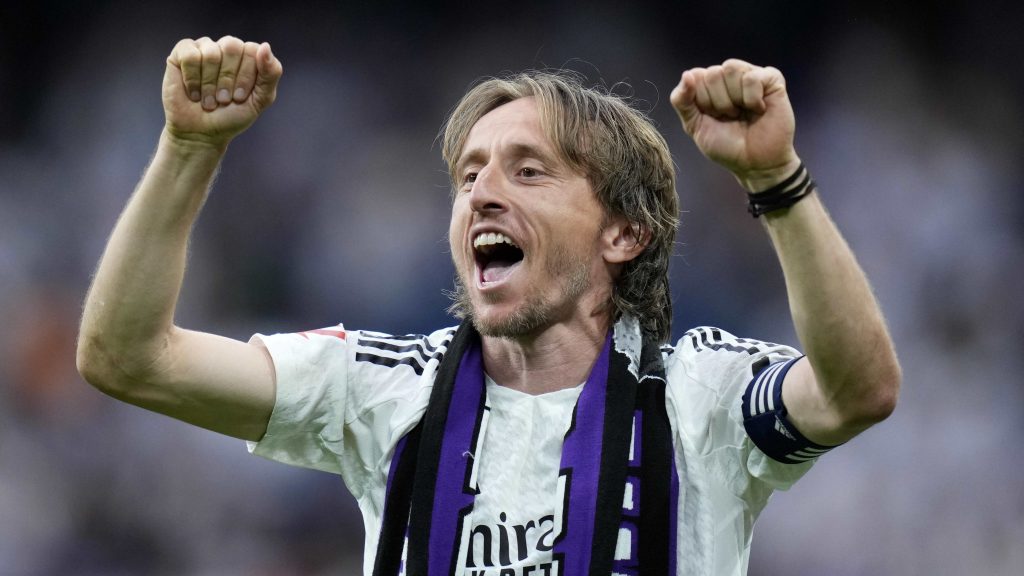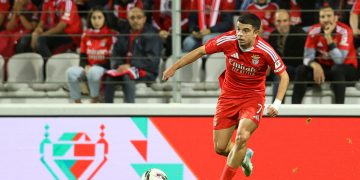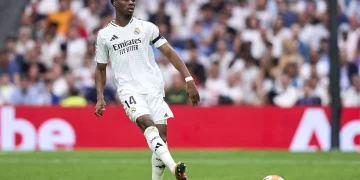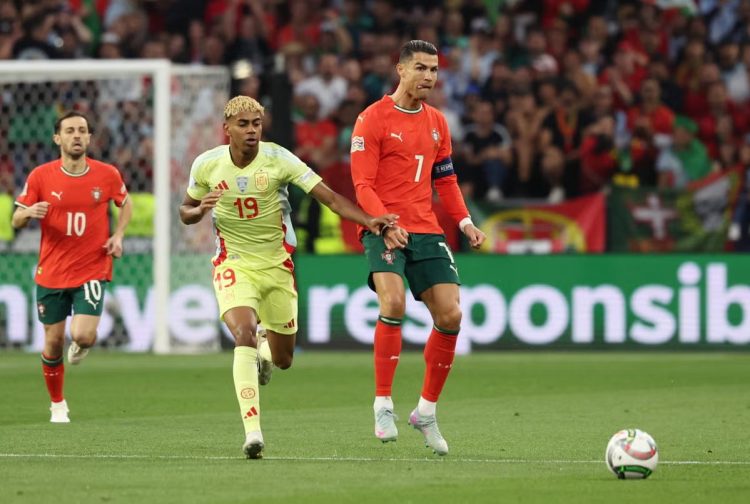Real Madrid’s ability to repeatedly defy tactical orthodoxy has become the stuff of modern football mythology. While other elite clubs fine-tune gegenpressing sequences or obsess over numerical superiority zones, Madrid continues to thrive with a blend of elite talent, calm chaos, and an unmistakable swagger. From miracle Champions League comebacks to late-game xG defiance, Los Blancos appear to bend logic on demand. Their approach, often jokingly referred to as “No Tactics, Just Vibes,” seems almost unscientific on paper—but the results are anything but.
So how does a club that often resists rigid tactical identities remain dominant? Is it pure mentality, generational talent, or something deeper in the club’s DNA?
Late-Game xG Miracle Patterns
Expected Goals (xG) is one of the most reliable metrics for evaluating attacking efficiency. Yet for Real Madrid, it often seems like a mere suggestion. Again and again, they pull goals from low-probability scenarios, often in the final 15 minutes of games. During their iconic Champions League runs in recent years, they routinely posted lower xG figures than their opponents—and won anyway.
In high-pressure moments, players like Vinícius Jr., Jude Bellingham, and Rodrygo seem to operate outside of probability curves. Whether it’s Modrić curling one from the edge of the box or Kroos threading a pass through an impossible seam, Madrid players don’t just create chances—they convert magic from chaos.
This isn’t to say that Madrid ignores xG altogether. Their underlying numbers show that while they might not produce high-volume shooting games, they often capitalize on the quality of individual moments. Their shots might be low xG, but they come from elite technicians who can finish through pressure. It’s not sustainable for most clubs—but Madrid isn’t most clubs.
And critically, they manage the clock. The last 15 minutes of a Real Madrid match often feel like a scripted act in a drama. Their substitutions are timed not for tactical rigidity but emotional surge. Ancelotti has mastered when to unleash an impact player or when to let the rhythm breathe just long enough for a moment of brilliance to appear.
Veteran Leadership Intangible Metrics
Madrid’s core of veterans isn’t just a nostalgic throwback—it’s a functioning psychological engine. Players like Nacho, Carvajal, Kroos, and Modrić may not dominate in modern athletic metrics, but their presence during tense moments provides Madrid with something most clubs lack: championship composure.
Veteran leadership doesn’t show up on stat sheets. There’s no expected decision quality (xDQ) stat for when a player slows the game in the 88th minute to reset the tempo. There’s no hard data for what Kroos’ calm signals to the team after conceding. But this invisible layer of mental control is crucial to Madrid’s formula.
In many ways, Madrid’s tactical minimalism is a trust system. Ancelotti delegates emotional and strategic authority to his leaders on the pitch. It’s football not by joystick but by veteran telepathy. The coach’s role is not to micromanage patterns but to empower players to feel the moment and adapt in real time. That trust pays off when a 35-year-old Modrić decides that now is the time to press higher and win a key turnover, or when Carvajal surges forward at precisely the moment the opposition has mentally dropped.
This leadership core ensures that Madrid always plays like they’ve been here before—because most of them have. That mental muscle memory reduces panic and replaces it with calculation, often tilting tight games in their favor.
Opponent Psychological Breakdowns
Playing against Real Madrid is as much a psychological challenge as a tactical one. Opponents often start with energy, pressing high and playing with confidence. But when they miss their early chances, the mental cracks begin to show. The weight of history becomes tangible. The thought creeps in: “We’ve seen this before.”
Madrid thrives on that fear. Opponents know that if they haven’t buried them by the 75th minute, the ghosts will come. A loose ball, a half-second of hesitation, and suddenly it’s 1-1. Or 2-1. Or 3-2 in extra time.

This aura isn’t just myth. Coaches in Europe have admitted that it’s hard to keep players mentally locked in when they’re ahead against Madrid. The game becomes heavier. Players tighten up. Madrid, by contrast, remains loose. They trust that the moment will come—and it often does.
This psychological asymmetry affects even top-level teams. Managers hesitate to make aggressive subs too early. Defenders drop deeper than planned. Goalkeepers overthink simple saves. In essence, Madrid weaponizes pressure. They don’t break under it—they create it.
And because their game plan is fluid, they’re less disrupted by game-state changes. Where structured teams sometimes fall apart when a goal is conceded, Madrid simply reshuffles. They don’t need a masterplan—they need momentum, and once they find it, they ride it with unmatched belief.
Ancelotti’s Jazz Football
Carlo Ancelotti’s coaching approach might look like laissez-faire from the outside, but it’s more jazz than chaos. Like a great band leader, he gives his stars room to improvise within a loose structure. There are rhythms—control in midfield, width from fullbacks, overlapping runs—but the melody is up to the players.
This “let them cook” approach would fall apart in many clubs. But Ancelotti knows he has the personalities and intelligence to make it work. His gift is not tactical rigidity but reading the mood—of the match, of his squad, of the dressing room. His calm presence allows the players to take ownership, which in turn fuels their confidence in tight situations.
Tactically, Madrid may not press with Liverpool’s intensity or recycle possession with City’s geometry. But they’re masters of “moments football.” They build games around sequences, not systems. And in those moments, their talent concentration is unmatched.
Ancelotti also excels at opponent-specific nuance. He might not be seen on the touchline waving his arms every second, but his team knows when to overload wide areas or when to isolate a tired center back. His tweaks are subtle but lethal.
The Madrid Identity
Real Madrid’s vibe-first identity works because it aligns with the club’s DNA. This is a team built on history, ego, glamour, and expectation. Their entire ecosystem is designed to elevate stars, embrace drama, and reward belief.
In other clubs, tactical over-coaching can smother flair. At Madrid, flair is oxygen. From Di Stéfano to Zidane to Cristiano, the club has always trusted that elite individuals can shape the biggest matches. Their current core—Bellingham’s leadership, Vinícius’ courage, Valverde’s engine—fits that legacy.
Madrid’s training sessions may appear less intense than some data-driven rivals, but they cultivate chemistry over choreography. The club doesn’t seek to control every blade of grass—it seeks to control the big moments. And in knockout football, that mindset works.
Conclusion: Controlled Chaos as a Philosophy
The joke that Real Madrid plays with “no tactics, just vibes” masks a more nuanced truth. Madrid’s success is not the absence of structure—it’s the elevation of belief, psychology, and trust over rigidity. It’s a model that relies on world-class talent, unshakeable composure, and a club culture that embraces the irrational beauty of football.
While other clubs seek to master the game with science, Madrid continues to master it with spirit. That may not win the spreadsheet wars, but it keeps winning trophies—and sometimes, that’s the only data that matters.


































Discussion about this post